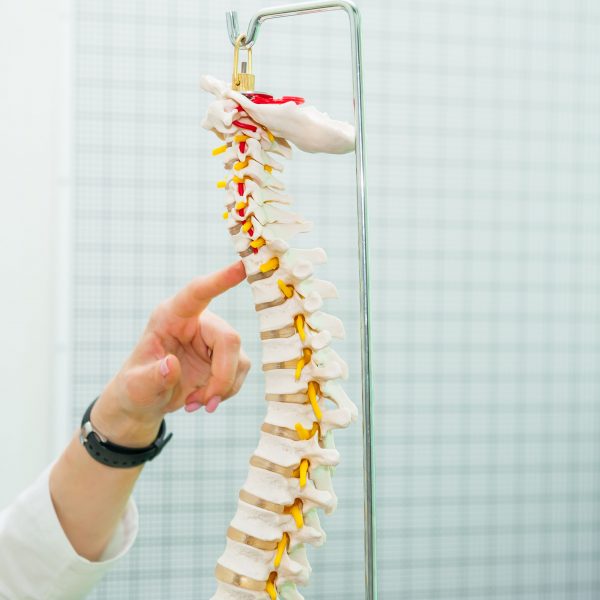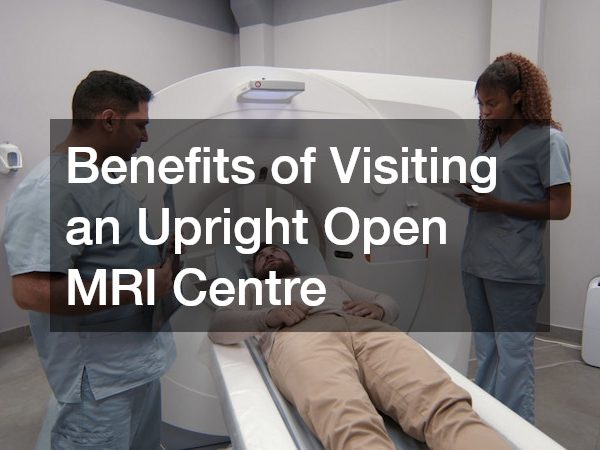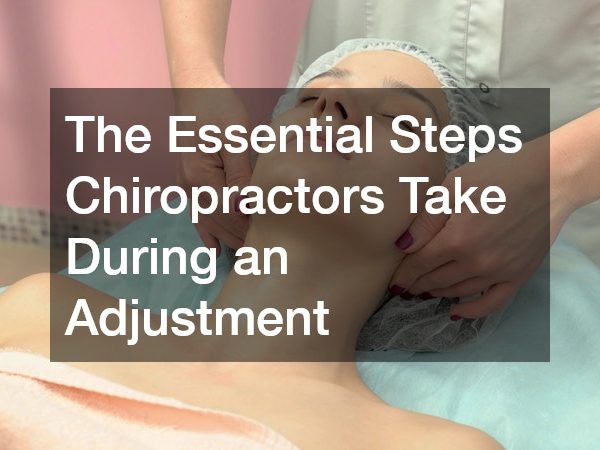The cartilage within your shoulder connected to your shoulder’s socket rim is known as the shoulder labrum. It is essential to keep your shoulder joint in place and maintain your shoulder’s stability.
There are various labrum tear kinds which can arise secondary to trauma or simple repetitive shoulder motions like those needed when throwing a ball. In most cases, your labrum wears out with time and becomes frayed increasing its overall risk of tearing even with minimal force.
Superior labrum from anterior to posterior (SLAP) tears are the most common labral tears treated by an orthopedic surgeon in Provo. SLAP tears are not readily evident, and it is common to ignore them as a minor inconvenience.
The tears are evidenced by a constant pain around your shoulders when moving the hand or engaging in activities such as sports. Here are the treatment alternatives available for a SLAP tear.
Conservative Treatment
This is the first treatment option for non-severe SLAP tears. Conservative therapies include physiotherapy, cortisone injections, anti-inflammatory medications and rest to allow the tear to heal.
Physiotherapy exercise lasts for 3–6 months and involves stretching motions to strengthen your shoulder muscles. Your surgeon might also recommend pain medications to reduce the discomfort associated with a SLAP tear.
Debridement
SLAP debridement is a minimally invasive surgical procedure which involves the shaving away of the torn portion of your labrum to get a smooth edge. This treatment is only used for minor tears which do not affect the biceps tendon.
The biceps anchor in your shoulder should be stable for SLAP debridement to be effective. If your biceps anchor is unstable, debridement might not do much to alleviate the symptoms of SLAP tears. If you undergo isolated SLAP debridement, your recovery is faster than for those who have other surgical treatments.
SLAP Repair
 This is an arthroscopic treatment which sutures your torn labrum to your shoulder socket using a surgical implant. The most common implant used is known as a suture anchor. This anchor is positioned into your bone then sutures are wrapped around your labrum then snugly tied to your shoulder bone.
This is an arthroscopic treatment which sutures your torn labrum to your shoulder socket using a surgical implant. The most common implant used is known as a suture anchor. This anchor is positioned into your bone then sutures are wrapped around your labrum then snugly tied to your shoulder bone.
SLAP repairs are however best suited for those with a relatively healthy shoulder who only need their SLAP tear surgically repaired to remain athletically active.
Biceps Tenodesis
In this procedure, your biceps tendon is cut from its point of attachment to your torn labrum and reinserted into another area. In so doing, the forces which pull on your SLAP tear region are decreased, and the symptoms associated with the tear are alleviated.
Biceps tenodesis is often done on those aged above forty years and patients with biceps tendonitis or tearing. The procedure can be arthroscopically performed or done through a small shoulder incision.
After the above surgical procedures and non-conservative treatments, you might need to have your arm in a sling for a month or two. Even after your surgical treatment, a surgeon will recommend physiotherapy to maintain your shoulder’s range of motion and enhance the tear’s healing.
People who undergo surgical procedures generally regain the full use of their shoulders within four months of the operation. The ideal prevention option for SLAP tears is strengthening your shoulder muscles.






